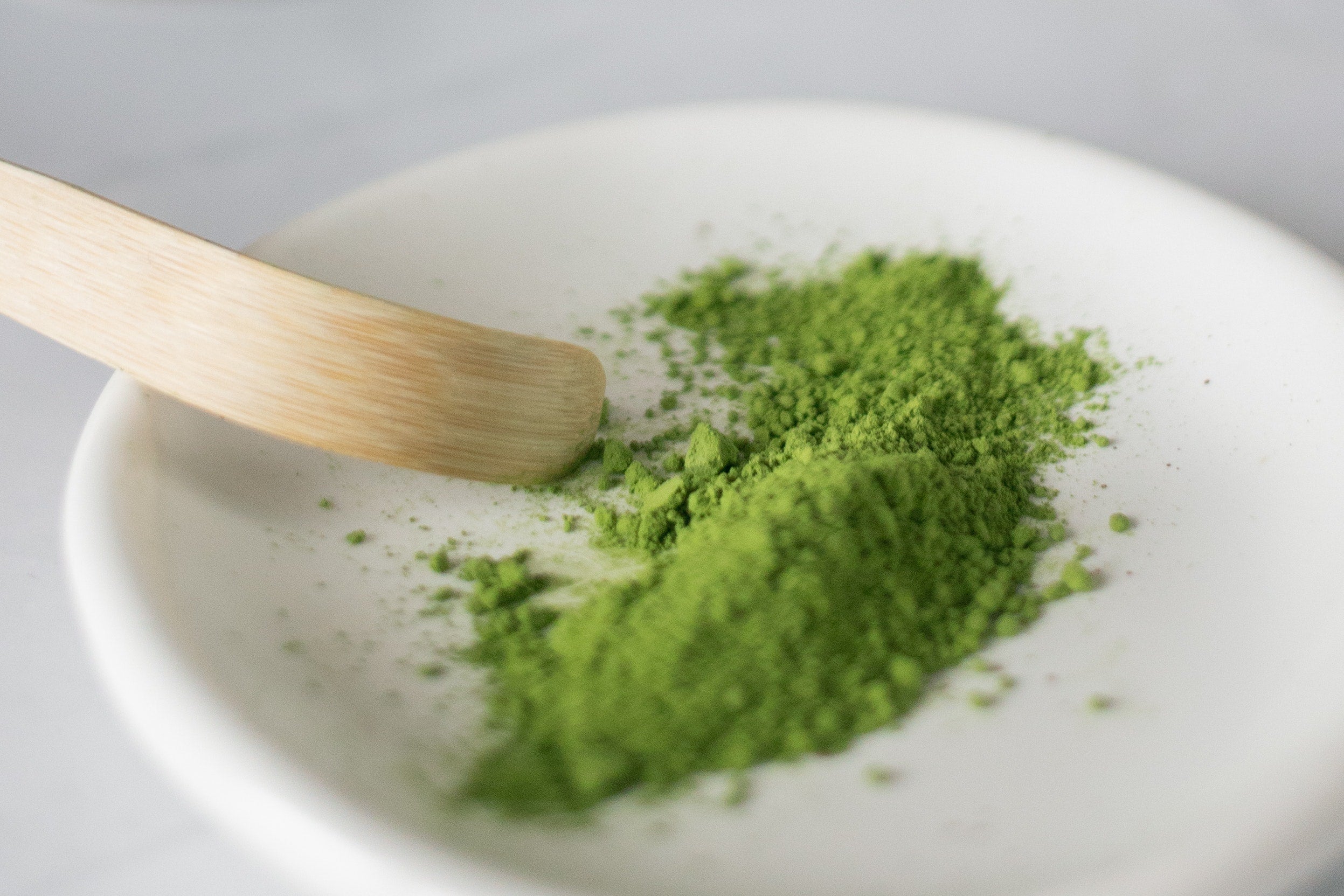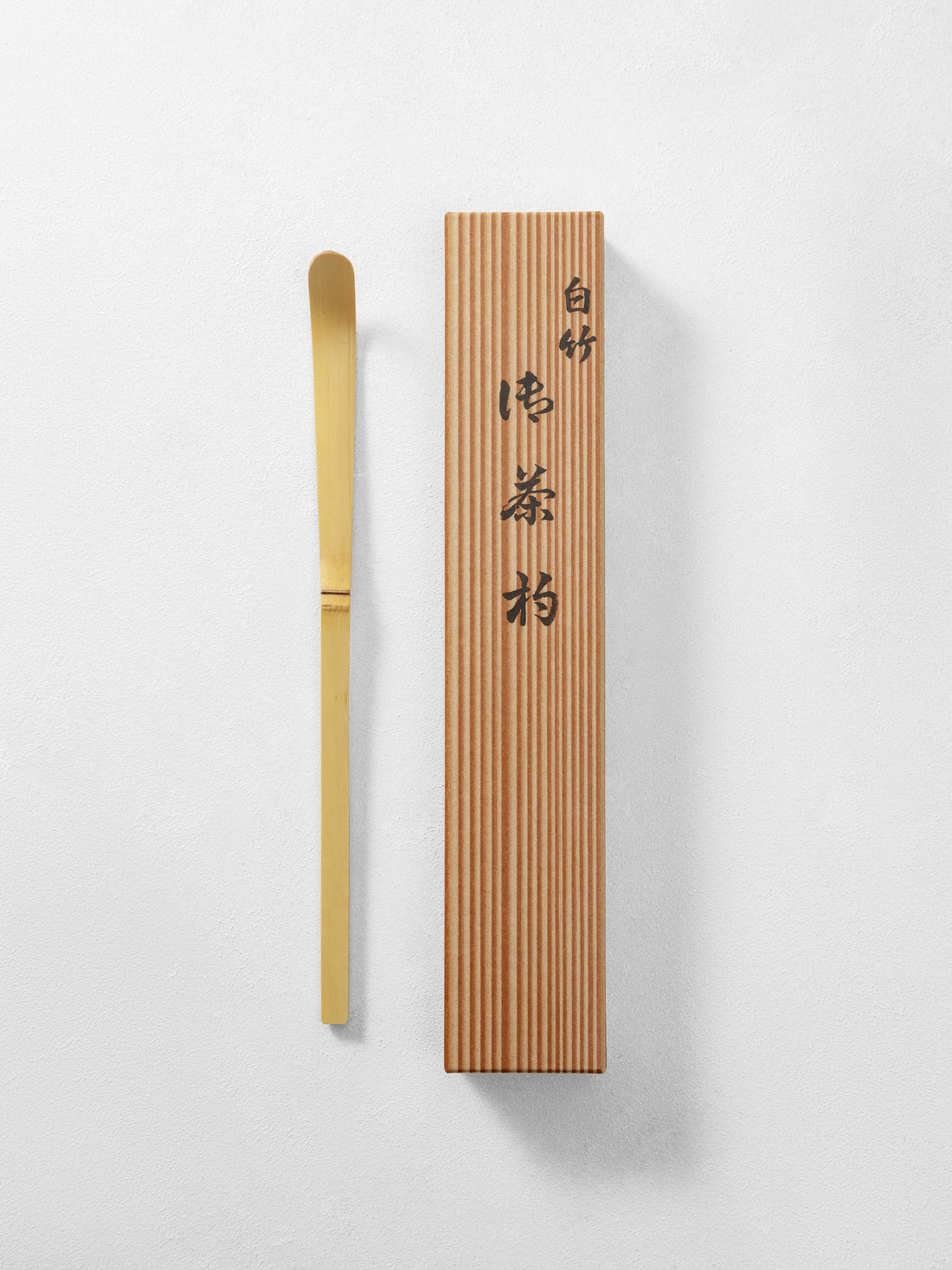When it comes to the world of tea, you might have heard of matcha, the vibrant green powder that's been making waves. But have you ever wondered what exactly matcha is and how it differs from regular green tea? Let's dive into the captivating story of matcha and its unique journey from Camellia Sinensis leaves to your teacup.
The Origin Story: What is Matcha Made From?
Matcha is the finely ground incarnation of Camellia Sinensis leaves, the very same plant that gives rise to various teas. But here's the catch – while matcha and green tea powder might seem interchangeable, they're not quite the same thing. To earn the title of matcha, green tea leaves have to undergo a meticulous process that's deeply rooted in Japanese tradition. So yes, matcha falls under the umbrella of green tea powder, but it's distinctively refined and sets itself apart from the regular green tea you might be accustomed to.
Green Tea vs. Matcha: Siblings, Yet Unique
At their core, both green tea and matcha emerge from the leaves of the Camellia Sinensis tea plant. Fascinatingly, Japanese, Chinese/Taiwanese, and Vietnamese teas all trace their origins back to this remarkable plant. However, the distinct cultivation techniques and preparation methods each country employs lead to the creation of diverse tea products.
In the realm of Japanese tea, a meticulous process involving steaming, drying, rolling, and drying again helps preserve the tea leaves' natural color and flavor. This culminates in a tea boasting a delicate green hue and a rejuvenating taste. Typically found in loose leaf form or convenient tea bags, green tea is brewed by steeping the leaves in hot water, resulting in a comforting cuppa.
While green tea involves steaming, drying, and rolling, matcha takes a unique path. The tea leaves used for matcha are meticulously shade-grown for several weeks before harvesting. This shade time amps up the leaves' chlorophyll content, imparting that rich, deep green color. Post-harvest, the leaves are steamed, dried, and ground into a fine powder using traditional stone mills. This grinding process yields matcha's distinctive flavor profile – think vegetal, earthy, and mildly bitter. Often prepared by whisking the powder with hot water, matcha takes center stage in the revered Japanese tea ceremonies.
The Notable Divide: Caffeine and More
One standout difference between matcha and green tea lies in their caffeine content. Matcha packs a more potent punch due to its utilization of the entire tea leaf, while green tea only uses the brewed water. As a result, matcha offers a sustained and energizing effect that sets it apart from its green tea sibling.
So, the next time you're savoring a cup of matcha or indulging in the tranquility of a Japanese tea ceremony, remember that you're partaking in a centuries-old tradition that has cultivated a unique world of flavors and experiences from the very essence of Camellia Sinensis leaves.









